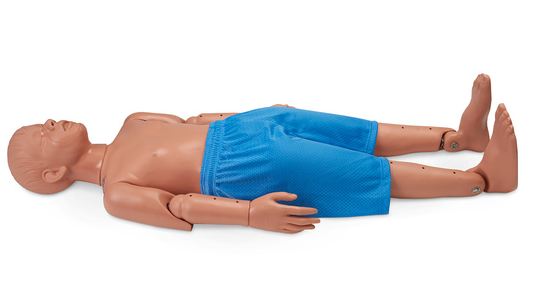Storing an Automated External Defibrillator (AED) outside requires protecting it from harsh weather conditions. You'll want an insulated, weatherproof case or cabinet specifically designed for outdoor use. Ensure it's easily accessible, protected from direct sunlight, moisture, extreme temperatures, and easily visible in case of emergencies. Regular checks and maintenance are crucial to keep it functioning optimally.
Rotaid heated cabinets are specialized outdoor cabinets designed to house Automated External Defibrillators (AEDs) in various settings. They're constructed with durable materials, usually polycarbonate or steel, and come equipped with heating elements to prevent freezing in cold temperatures, ensuring the AED remains functional even in harsh weather conditions. These cabinets often have clear markings, integrated alarms, and lighting for high visibility and quick access during emergencies. They're weatherproof, secure, and designed to safeguard AEDs while keeping them easily accessible when needed.
ARKY heated outdoor cabinets are specifically designed to protect and house Automated External Defibrillators (AEDs) in various outdoor settings. These cabinets feature insulation and a heating system to prevent freezing of the AED in low temperatures, ensuring its functionality during emergencies. They are made of durable materials like stainless steel or polycarbonate, offering weatherproof protection against moisture, extreme temperatures, and other outdoor elements. ARKY cabinets typically come with features such as clear markings, alarms, and lighting for visibility and quick access in critical situations, enhancing the AED's accessibility and safety in outdoor environments.
During winter months, if you keep an Automated External Defibrillator (AED) in your car, it's crucial to protect it from extreme temperatures. Store it in a well-insulated, padded bag or case to shield it from the cold. Avoid leaving it in the trunk where temperatures can drop significantly, and instead, keep it inside the car where the temperature remains more moderate. Ensure it's easily accessible, and regularly check the AED and its batteries to ensure they remain within their recommended temperature range for optimal functionality.
During winter months, if you keep an Automated External Defibrillator (AED) in your car, it's crucial to protect it from extreme temperatures. Store it in a well-insulated, padded bag or case to shield it from the cold. Avoid leaving it in the trunk where temperatures can drop significantly, and instead, keep it inside the car where the temperature remains more moderate. Ensure it's easily accessible, and regularly check the AED and its batteries to ensure they remain within their recommended temperature range for optimal functionality.














